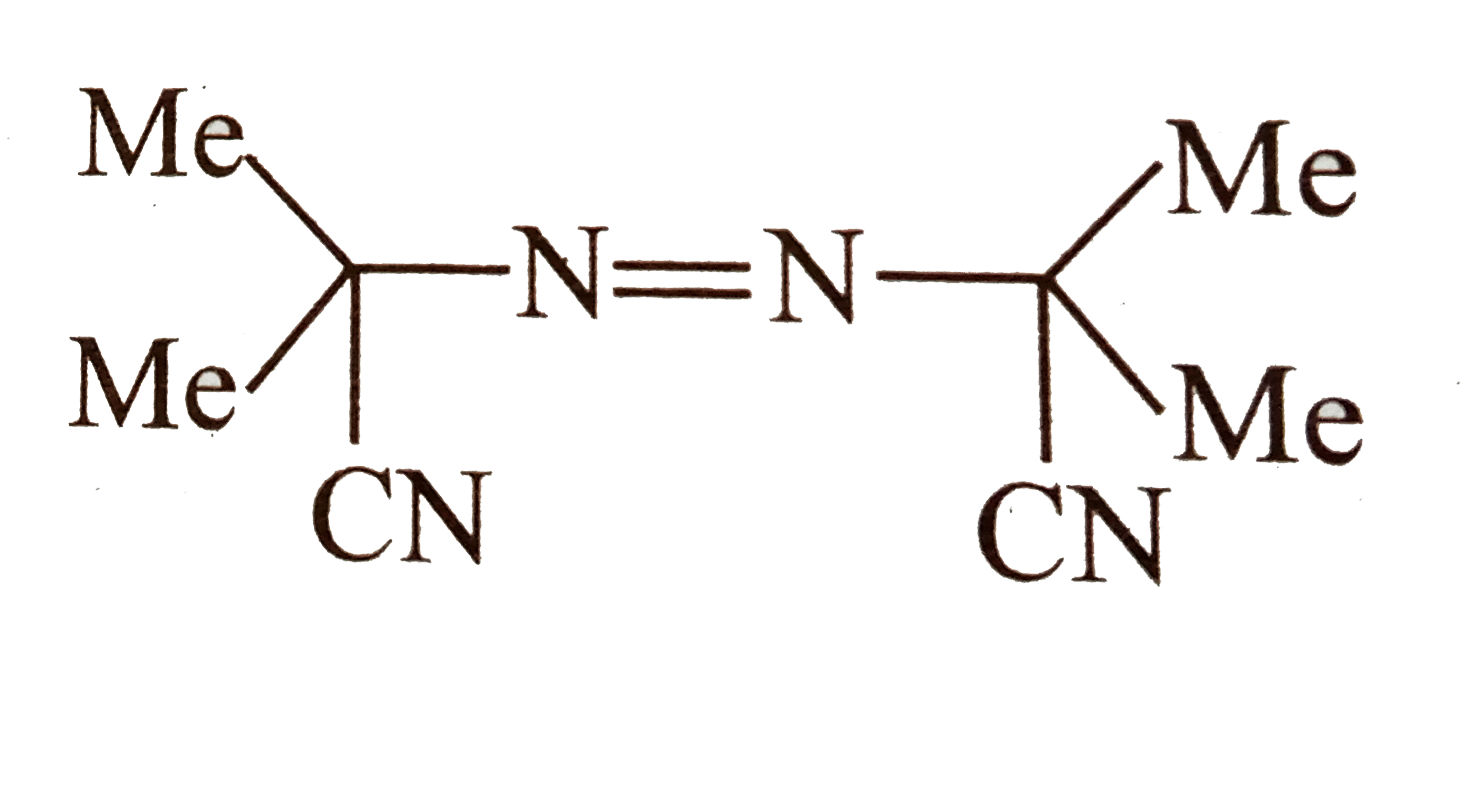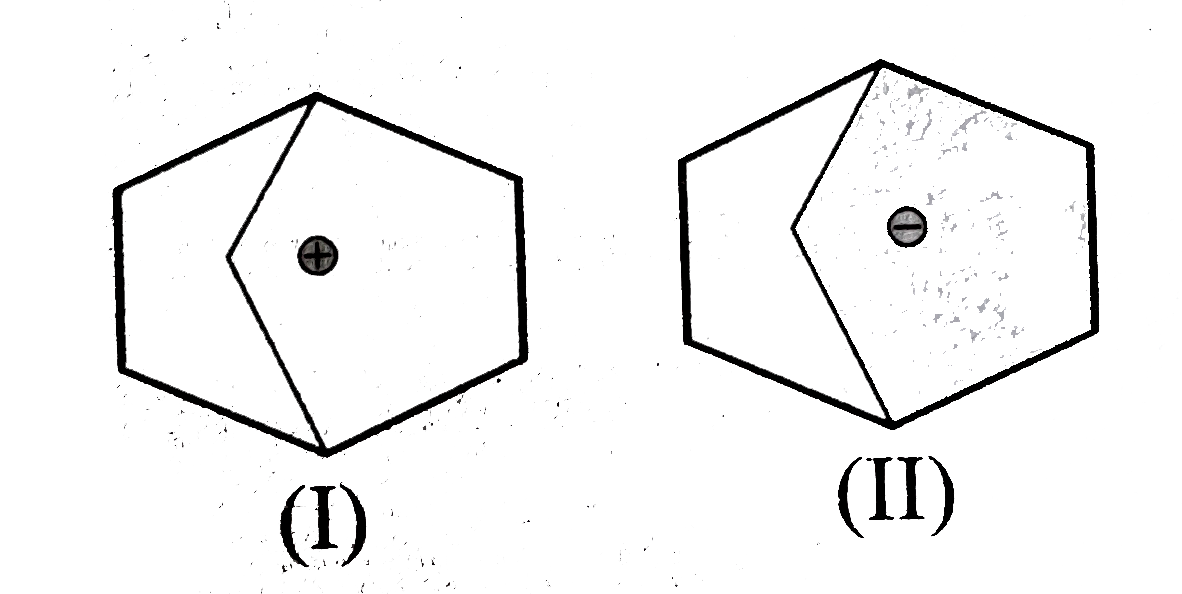a. 
What is the relative abstraction of H and D ?
b. Why free-radical chlorination of CH4 is nearly 11 times faster than CD4 ?
a. i. Number of H atoms abstracted by D =5 and percentage of compound formed =93% . Therefore, reactivity factor for replacement of H atoms =93/5=18.6
ii. Number of D abstracted by C1 = 1 and percentage of compound formed =7%. Therefore, relative factor for D replacement =7/1=7
iii. Relative reactivity of H : D abstraction =18.6/7=2.7:1, i.e., each H is abstracted 2.7 times faster than D.
b. Chemically, H and D are identicsl but (C ----D) bonds are slightly stronger than (C----H) bonds, therefore, the energy of activation of D is greater than that of H. Since abstraction is a slow step, removal of H will be faster.
Relative abstraction of H:D=2.7:1
Relative abstraction of 4H:D≈10.8:1
≈11:1
Topper's Solved these Questions
- ALKANES AND CYCLOALKANESBOOK - CENGAGE CHEMISTRY ENGLISHCHAPTER - ALKANES AND CYCLOALKANESEXERCISE - Paragraph for problem
24 Videos
- ALKANES AND CYCLOALKANESBOOK - CENGAGE CHEMISTRY ENGLISHCHAPTER - ALKANES AND CYCLOALKANESEXERCISE - True and False
1 Video
- ALKANES AND CYCLOALKANESBOOK - CENGAGE CHEMISTRY ENGLISHCHAPTER - ALKANES AND CYCLOALKANESEXERCISE - SOLVED EXAMPLES
19 Videos
- ALKENES AND ALKADIENESBOOK - CENGAGE CHEMISTRY ENGLISHCHAPTER - ALKENES AND ALKADIENESEXERCISE - Single correct Answer
14 Videos
Similar Questions
Two flasks A and B have equal volumeA is maintained at 300K and B at 600K. While A contains H2 gas, B has an equal mass of CH4 gas. Assuming ideal behaviours for both the gases, answer the following:
Flask in which molecules are moving faster
View SolutionExplain the following :
(a) Why MeNH⊕CH2 (I) is more stable more than MeCH2⊕CH2 (II) when both are 1∘ carbocations ?
(b) Which of the following intermediate is unstable ?

( c) Why allylic free radical (CH2−CH=CH2)(I) is more stable than propy1 free radical (.CH2−CH2−CH3)(II), when both are 1∘ free radicals ?
View Solution
Knowledge Check
Slect the chain propagation steps in the free-radical chlorination of methane.
1. Cl2→2Cl⋅
2. Cl⋅+CH4→CH3Cl+H⋅
3. Cl⋅+CH4→CH⋅3+HCl
4. H⋅+Cl2→HCl+Cl⋅
5. CH⋅3+Cl2→CH3Cl+Cl⋅A2, 3, 5B1, 3, 6C3, 5D2, 3, 4
Two flasks A and B have equal volume at 100K and 200K and have 4atm and 1atm pressures, respectively. The flasks A contains H2 gas and B contains CH4 gas. The collision diameter of CH4 is twice that of H2.Which of the following is true about the mean free path (λ) of the molecules?
(a) λ of H2 is twice that of CH4.
(b) λ of CH4 is twice that of H2.
(c) λ of H2 is four times that of CH4.
(d) λ of CH4 is four times that H2.
View SolutionCH3COOH is weaker acid than H2SO4. It is due to
View SolutionIt we see the reaction of methane with halogen, the rate determining step for chlorination is, endothermic reaction of the chlorine atom with methane to form methyl radical and a molecule of HCl. So free radical is the intermediate of the reaction. Formation of free radical depends upon the energy required to break a bond between a hydrogen atom and a carbon atom. Chlorination of propane and Bromination of propane. when compared it is found that bromination is more selective than chlorination. The probability factor for 3∘,2∘,1∘H atom is 5.0:3.8:1.0 at 25∘C for chlorination.
Isobutane when reacts with chlorine in presence of ultra violet radiations yield 2 products primary hydrogen substituted and 3∘ hydrogen substituted Find their % in product mixture
View SolutionIf the reactivity factor for chlorine substitution through free radical by abstracting a primary H - atom is 1 then the ratio of the amount of product A and B is -

View SolutionWhy is the bond angle of water less than the bond angle of CH4?
View SolutionIn iso-pentane, the H atom that can be most easily substituated by free radical mechanism is on:-
1CH3−2C∣CH3H−3CH24CH3
View SolutionIf the mean of 9, 10, 15, x, 6, 8 and 12 is 11 and is 11. The median of the observations is
View Solution